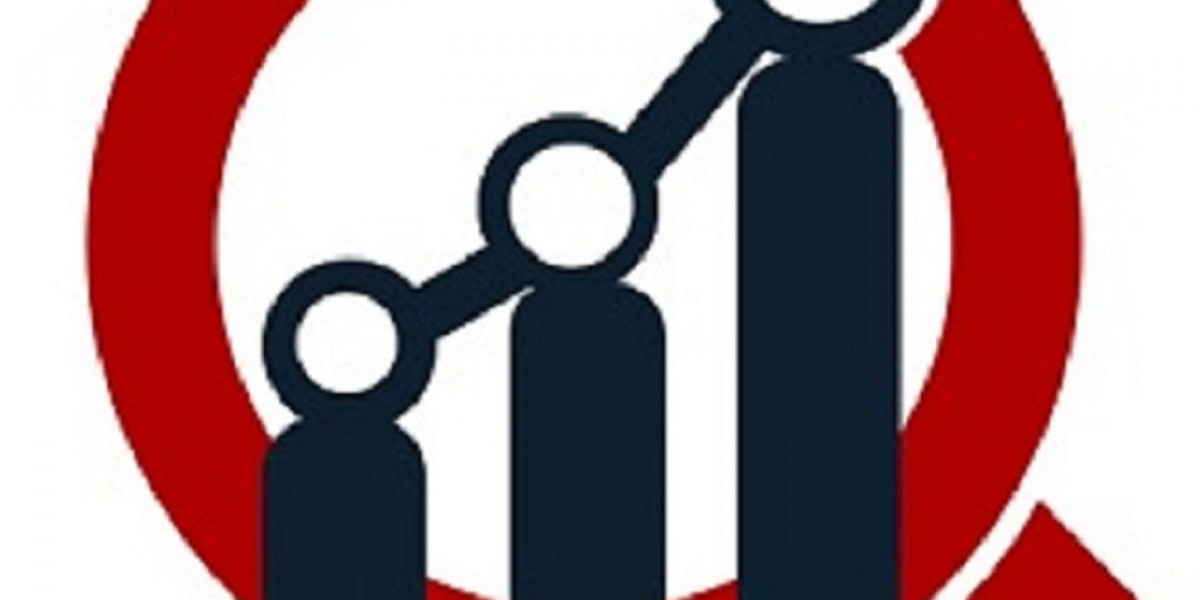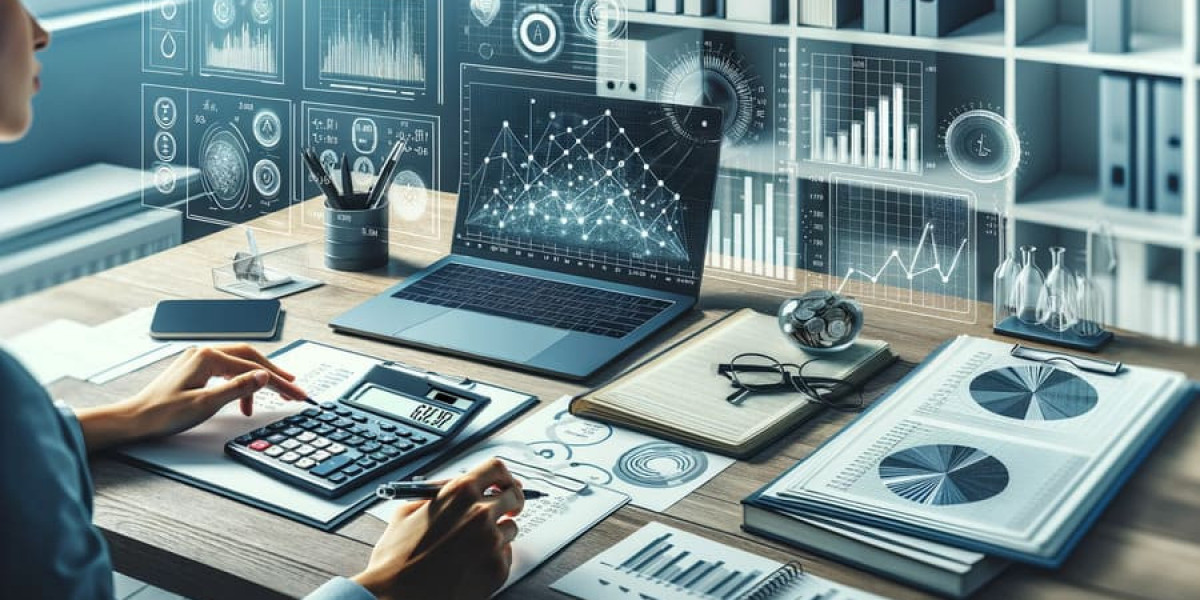Understanding Consumer Credit: A Comprehensive Guide
Consumer credit plays a pivotal role in modern economies, providing individuals with the financial flexibility to purchase goods and services, manage emergencies, and spread the cost of significant life events. In essence, consumer credit allows people to borrow money to make purchases and repay it over time. This credit system can influence everything from a person's lifestyle choices to the overall health of the economy. Let’s take a closer look at consumer credit, its types, benefits, risks, and its impact on the economy.
What Is Consumer Credit?
Consumer credit is a type of credit extended to individuals (consumers) by financial institutions, enabling them to borrow money to purchase goods or services. This credit is typically offered with the understanding that the borrower will repay the borrowed amount, along with any interest, over a specific period.
Consumer credit can be used for various purposes, including buying cars, financing home improvements, paying for education, and covering personal expenses. The loan terms, such as repayment period and interest rates, vary depending on the type of credit and the lender.
Types of Consumer Credit
There are several types of consumer credit, each with its own features and uses. The main categories include:
- Credit Cards:
Credit cards are one of the most common forms of consumer credit. They allow users to make purchases up to a pre-approved limit. The balance on a credit card can be carried over from month to month, though interest is charged on the outstanding balance. Credit cards offer convenience, but if not paid off in full, they can quickly become expensive due to high-interest rates. - Personal Loans:
Personal loans are unsecured loans, meaning no collateral is required. They can be used for a wide range of purposes, from consolidating debt to funding a wedding or home improvement project. These loans typically have fixed interest rates and repayment periods, making them predictable and manageable. - Installment Loans:
Installment loans are used for larger purchases, such as buying a car or paying for a home appliance. These loans are repaid in equal installments over a specified period, which can range from months to years. Interest rates on installment loans may be fixed or variable, depending on the lender and the loan terms. - Store Credit and Financing:
Many retailers offer consumers the option to finance purchases directly through the store, often with promotional interest-free periods or deferred payments. These plans can make big-ticket items more affordable, but failing to make payments within the promotional period can result in interest charges that are higher than traditional credit cards. - Home Equity Lines of Credit (HELOCs):
A HELOC allows homeowners to borrow against the equity in their home. This type of credit is secured by the property and typically offers lower interest rates than unsecured credit products. It provides flexible borrowing and repayment options, though failing to repay can result in losing the home. - Payday Loans:
Payday loans are short-term loans designed to bridge the gap between paychecks. They are typically for small amounts and are due on the borrower’s next payday. While they are easy to access, payday loans come with extremely high-interest rates and fees, making them a risky option for many borrowers.
Sample Request For Free Pdf - https://www.marketresearchfuture.com/sample_request/41113
Benefits of Consumer Credit
When used responsibly, consumer credit can offer several advantages:
- Access to Immediate Funds:
Consumer credit allows individuals to make purchases or handle emergencies without having to wait until they have saved enough money. This immediate access to funds can be crucial for managing life’s uncertainties, such as medical bills or car repairs. - Improved Cash Flow:
With consumer credit, people can spread the cost of large purchases over time. For example, instead of paying for a new car or a home appliance all at once, a borrower can make monthly payments, easing the immediate financial burden. - Building Credit History:
Responsible use of consumer credit can help individuals build or improve their credit scores. A strong credit history opens up more favorable borrowing opportunities in the future, often with lower interest rates and better terms. - Consumer Protection:
Many consumer credit products, such as credit cards, offer protection in case of fraud or disputes. For example, if a product purchased with a credit card is defective, the cardholder may be able to dispute the charge and receive a refund.
Risks of Consumer Credit
While consumer credit can be beneficial, it also comes with certain risks, especially if not used wisely:
- Debt Accumulation:
One of the biggest risks of consumer credit is accumulating debt. If borrowers only make minimum payments or carry a balance over several months or years, the interest charges can become overwhelming. This can lead to a cycle of debt that becomes difficult to break. - High-Interest Rates:
Many consumer credit products, particularly credit cards and payday loans, come with high-interest rates. If the debt isn’t paid off quickly, the interest can add up quickly, leading to much higher costs than originally anticipated. - Damage to Credit Score:
Failing to make timely payments can result in late fees, increased interest rates, and a drop in credit score. A poor credit score can make it harder to qualify for loans in the future and may result in higher interest rates. - Risk of Default:
Defaulting on a loan means failing to meet the repayment terms. This can lead to severe consequences, such as wage garnishment, loss of assets (in the case of secured loans), and long-lasting damage to a person’s credit report.
The Impact of Consumer Credit on the Economy
Consumer credit plays a crucial role in driving economic activity. When people borrow to spend on goods and services, businesses benefit, which in turn fuels economic growth. For example, the housing market relies heavily on consumer credit, with mortgages being a key driver of home purchases.
On a larger scale, the availability of consumer credit can also influence overall economic conditions. During times of economic expansion, consumer spending tends to increase as people feel more confident about their financial situation. However, excessive borrowing and overleveraging can lead to economic instability, as seen in past financial crises.
Conclusion
Consumer credit is a valuable tool for individuals and the economy, allowing consumers to access funds for immediate needs and larger investments. However, it also requires careful management to avoid the pitfalls of debt accumulation and high-interest charges. By understanding the different types of consumer credit, weighing the benefits and risks, and making informed decisions, consumers can use credit to their advantage while safeguarding their financial well-being.
Related Report -
| Insuretech Market |
| Syndicated Loans Market |
| Generative AI in Fintech Market |
| Fintech Technologies Market |
| Mobile Payments Market |







